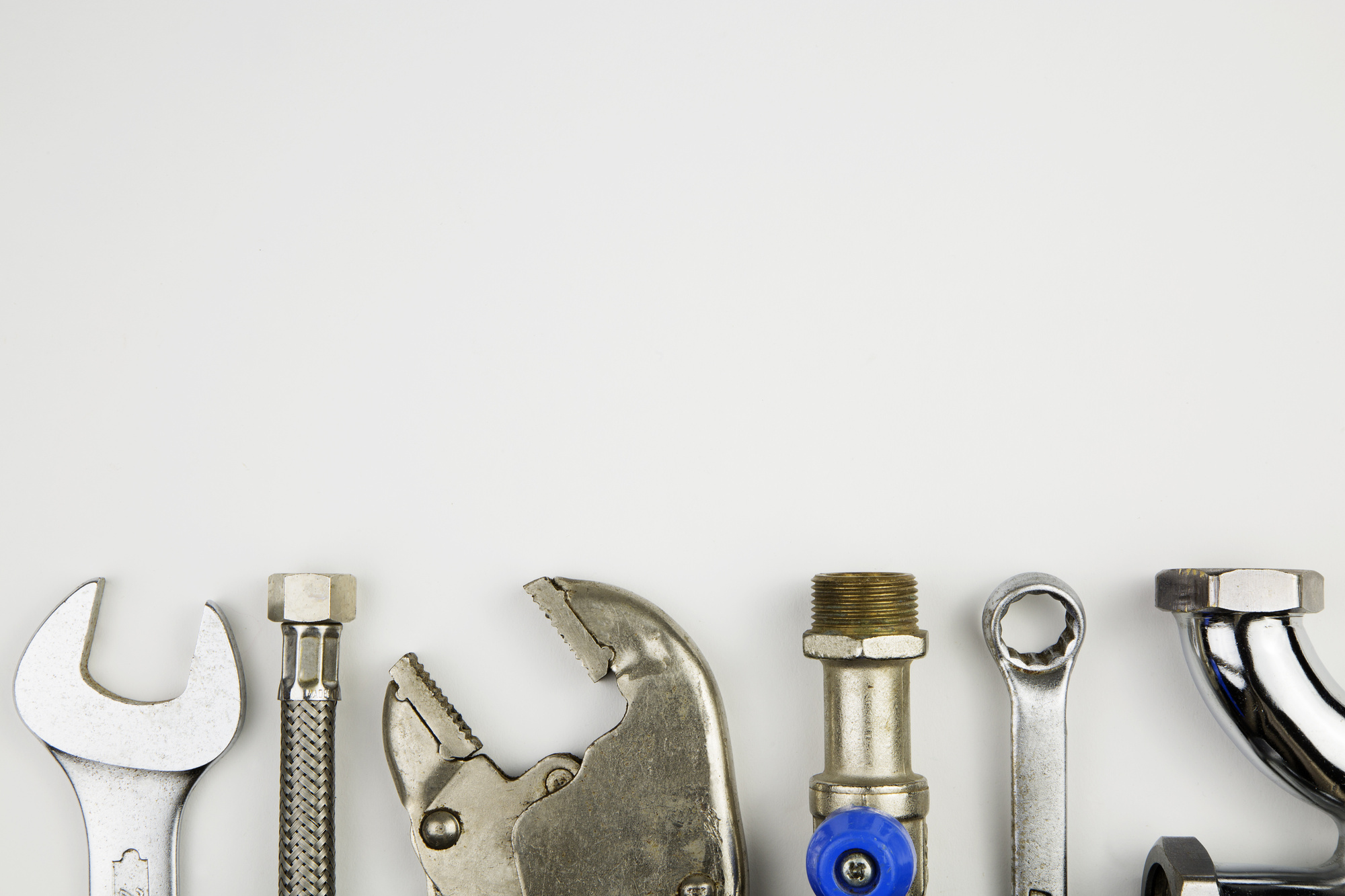It’s every homeowner’s worst nightmare: in the middle of the night, you wake to the sound of dripping. To your dismay, you realize that the source isn’t an easy fix like a leaky faucet, but water coming from overhead.
Water damage can be a surprisingly complicated and costly issue, requiring not only structural repairs but also replacements of whatever belongings have sustained damage.
If you’re ever unlucky enough to find yourself in this situation, there’s one thing that can help you minimize the fallout: know what to do if your roof is leaking! If you’re not sure what steps to take, here’s our quick guide to help you act fast.
1. Minimize the Water Damage
Repairing a roof can take time, so if the leak isn’t large enough to put the ceiling at risk of collapsing, your first step is to minimize the water damage. This means moving your belongings out of the way of the water, fast. Water can damage electronics, mildew cloth, and even warp wood over time, so make sure you’ve put these items in a safer place.
2. Put Containers Down to Catch the Water
At this point, you may not be able to keep your leaky roof from sending water into your home, but you can contain the flow. Grab any containers you can find—garbage cans, buckets, and even large plastic containers—to reduce the spread of the water.
If you want to avoid the dripping noises, try putting an old towel at the bottom of the container. Otherwise, you can pin a long string from the leak and let it fall into the bucket, allowing the string to guide the water into place.
3. Watch Your Water Pressure
This doesn’t mean the water pressure in your pipes—it means the water pressure in your walls and ceiling! If you see a bulge in your ceiling or walls, it may be a sign that water is trying to escape the paint or wallpaper. Leaving this bulge in place can lead to further roofing problems and water damage.
Instead, poke this bubble and put containers down to catch the leak. If needed, try the string trick above to lead water from a wall into a container.
4. Call Your Insurance Agent
With the water damage minimized as much as possible, it’s time to call your insurance company. If you’re not sure what kind of roofing issues your policy covers, ask your agent and file a claim if needed. Don’t forget to take photos and document everything for your insurance company—before you fix the roof!
5. Get Your Roof Fixed
Last but not least, it’s time to seek expert help from a residential roofer. Make sure you’ve reached out to a reputable source, like the team at Victory E & I Roofing and Construction, to ensure that you’ll get an accurate assessment and an expert fix. Your roofing contractor can help you understand your next steps, depending on the size and source of your roofing issues.
Know What to Do When Your Roof Is Leaking
When your roof is leaking, the best way to manage the situation is to act fast. By taking steps to minimize and address the damage, and by working with your insurance company and local roofer, you can restore your roof as quickly as possible. Make sure you follow the steps above for a safe and fast fix!
Looking for more guides to maintaining and enhancing your home? Check out our other blog posts for additional insights.
English











